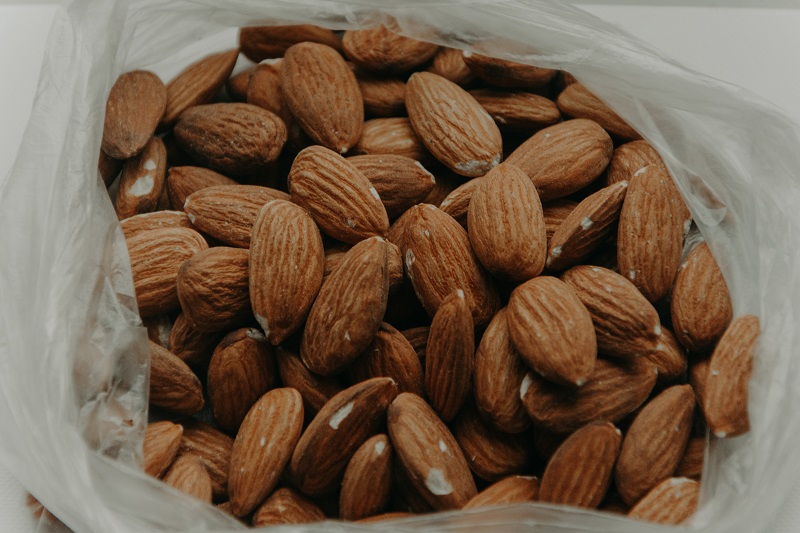Plant Health 101: Silicon Has a Big Impact on Crops
Silicon suppresses powdery mildew development on pumpkin. Left: Control treatment. Right: Silicon treatment.
Photos by Joseph Heckman
There are numerous reviews and hundreds of refereed articles on silicon’s effects on abiotic and biotic stress, as well as overall plant growth and development. The science for silicon is well-documented and comprehensive.
Even with this robust body of information, however, silicon is still not routinely used for alleviating plant stress and promoting plant growth and development. What is holding producers and growers back from using silicon?
Why Growers Do Not Use Silicon
There are several possible reasons producers shy away from using silicon, including:
- Lack of consistent information on what levels of accessible silicon in the soil are limited or too low.
- No universally accepted soil test for gauging the amounts of soluble silicon have been calibrated for many agronomic or horticultural crops.
- Most analytical laboratories do not routinely assay plant tissue for silicon and current standard tissue digestion procedures used would render silicon insoluble.
- Many scientists still state that plants are either silicon accumulators or non-accumulators, when in reality all plants accumulate some silicon in their plant tissues.
- Silicon is not recognized as being necessary for plant development.
- Lack of economic studies to show the benefits of applying silicon.
- Lack of extension outreach to present the positive benefits of silicon to producers and growers.
Many of these issues mentioned above will need to be resolved if silicon is to become a standard practice to improve agronomic and horticultural crop production and plant health.
What We Know Now
A team of researchers (Wendy Zellner, University of Toledo, Brenda Tubaña, LSU AgCenter, Fabricio A. Rodrigues, Federal University of Vicosa, Brazil, and I) reviewed more than 150
studies on silicon. On the basis of research conducted to date, with a few exceptions, the following generalizations about silicon can now be made:
For any plant disease, a minimum silicon concentration in plant tissues is needed to suppress it. Plants absorb measurable concentrations of Si ranging from 0.005 to 11.3%, and this level will vary by plant species. A minimum silicon level in plant tissue is needed to suppress disease and may range between 0.33 to 0.5 times more than the control plant. Once that level of Si in plant tissues has been obtained, disease suppression will increase proportionally as the concentration of this element increases in plant tissues.
The silicon supply to the plant roots must be continuous or the disease-suppressing effects will be reduced or disappear. Only when applying silicon to roots will this element change plant responses against pathogen infection, pest attack, and even abiotic stress at the physiological, biochemical, and molecular levels.
For example, plants supplied with silicon had increases in the concentrations of total soluble phenolics and lignin, the activities of defensive enzymes (chitinases and B-1,3 glucanases) kept higher during the pathogens’ infection process as well as the transcription of many genes related to plant defense occur in a much faster and strong manner.
Silicon will impact many components of host resistance (e.g., incubation period, latent period, and lesion number). Studies to date have shown increased levels of resistance to foliar and soilborne diseases by silicon in a number of plants including rice, sorghum, turfgrass, and vegetables (e.g., cucumber, pepper, pumpkin, and tomato).
Disease suppression by silicon can be as effective as fungicides. Silicon was as effective as full rates of fungicides in suppressing the development of brown spot and blast of rice as well as grey leaf spot of turfgrass.
The potential of silicon has only begun to be realized commercially as a plant protectant in an integrated disease/pest management strategy or as a fertilizer for crop performance.
We’re finding low silicon content in numerous soil orders as well as soilless potting mixes. Many plant species contain macro and micronutrient concentrations of silicon in their tissues. So it seems prudent to consider soluble silicon supplementation as a simple and inexpensive method to help maintain or enhance plant health especially in the context of sustainable agriculture.










